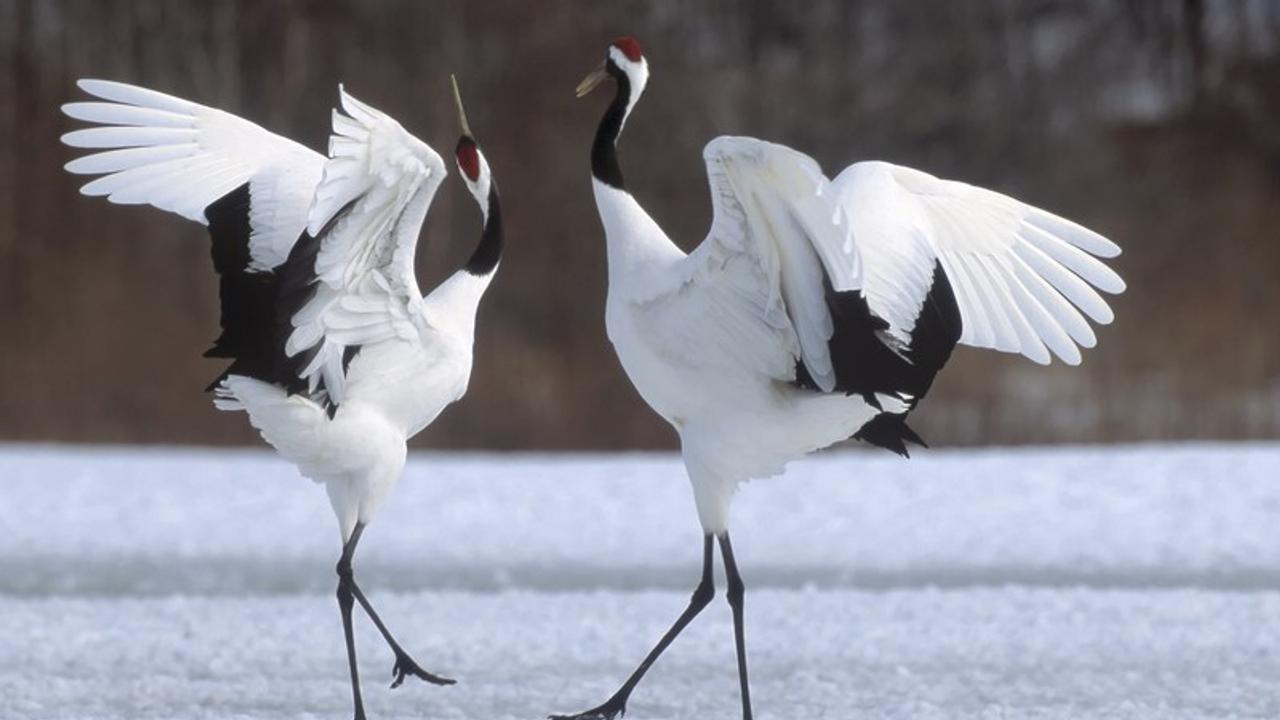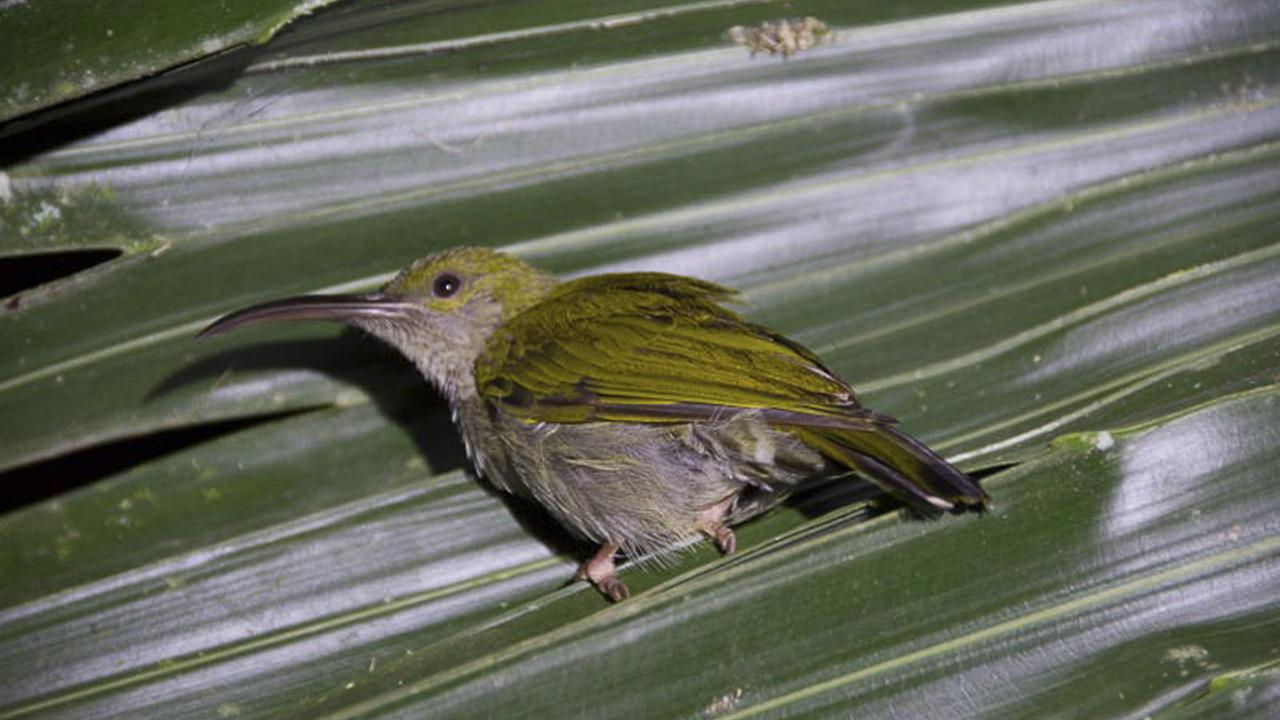Best places to go birdwatching in Asia
by Guest author on 27th April 2017
Image gallery
Whether you’re a globe-trotting twitcher or just someone who loves the great outdoors, there’s an undeniable magic to watching wild birds flock together in their natural environment. The tantalising prospect of spotting an unusual breed among the throng is exciting too, even if you don’t yet know your grebes from your cormorants (though this is a perfect opportunity to learn!). We’ve picked out six of the best places to go birdwatching in Asia, where you can while away the hours observing fascinating birdlife as you indulge an existing passion or cultivate a new one.
Bundala National Park, Sri Lanka
Flamingos are undoubtedly some of the world’s most recognisable creatures. These vibrantly pink birds with their distinctive one-legged stance and curved necks have lent their image to everything from jewellery to cocktail stirrers and are an iconic symbol of exotic wildlife, but nothing can beat seeing them en masse in their natural habitat. If you visit Bundala National Park on Sri Lanka’s south coast between September and March, you may be treated to the breath-taking sight of over a thousand Greater Flamingos flocking to feed in the park’s UNESCO biosphere lagoons having migrated from their breeding grounds in the saltmarshes of India’s Rann of Kutch.
The flamingos are only one of almost 200 species of birds that come to Bundala, one of Sri Lanka’s most significant wetland parks; pelicans, egrets, spoonbills and ibis all congregate at the lagoons during the migratory season too, as well as the many resplendent peacocks that perch in the rosewood trees. Being quieter than neighbouring Yala, Bundala is sometimes the preferred option for avoiding the crowds and getting a closer glimpse of these magnificent creatures.
Moeyungyi Wetlands, Myanmar
Waking up to a dynamic dawn chorus is always an uplifting experience, and each country has its own birdsong soundscape as unique as a fingerprint. At the Moeyungyi Wetlands Resort, in the Bago region of Myanmar, you can stay right in the heart of the sanctuary and wake up to these calls each morning. The resort’s accommodation is a modest cluster of floating huts joined along stilted walkways which stretch out over the marsh landscape. Though the rooms are simple and unfussy, the unrivalled location makes putting up with a bit less luxury well worth it.
Originally established as a large lake to help control local flooding, Moeyungyi’s 40 sq miles of freshwater habitat is the perfect environment for many native and migratory birds, particularly waterfowl. The best time to visit is between November and March, during the main migratory season, when up to 125 different species can be seen including the Sarus Crane, Pheasant Tailed Jacana, Asian Open-Bill and Black Winged Stilt. If you’re keen, you can be out on the water as early as 6:30am, ready to watch the birds take flight.
Red-crowned Cranes in Hokkaido, Japan
Along with Mount Fuji, cherry blossom and Hokusai’s wave, one of the most enduring images in traditional Japanese art is the Red-crowned Crane. These visually stunning birds with their angular, monochrome bodies and flash of deep-red plumage across the head are one of the rarest crane species in the world. Seen as a potent symbol of good luck, longevity and fidelity, the cranes were on the brink of extinction in the early 1900s but thanks to dedicated conservation efforts the numbers have recovered somewhat. The remaining native birds, and their marshland habitat in eastern Hokkaido, are both now well protected.
Though the cranes can be seen in Hokkaido all year round (this population no longer migrates due to their protected conditions,) during the winter months they perform a hypnotic mating dance which is beautiful to watch against the snowy landscape. The best time to see this is in February in the Kushiro-Shitsugen National Park, where the gentler terrain means the paths are easier to navigate and you can get close enough to the cranes for some fabulous action photos.
Kuala Selangor or Belum, Malaysia
There are many diverse environments throughout Malaysia where distinct species thrive, making it an ideal destination for keen birdwatchers who want to see different habitats within one trip. Kuala Selangor, a picturesque town on the West coast, sits on the estuary of the Selangor river and is a key destination for flocks of migratory birds that visit between September and March. Check out this list of all the species known to stop here, but you will almost certainly see an assortment of plovers, Greenshanks, Redshanks and sandpipers, and possible a Milky stork fishing quietly in the shallows.
If your travels take you further north, Belum is one of the few places in the world where all ten Malaysian Hornbill species can be found. From a guided boat, you can cruise gently along the rivers and streams watching the banks for signs of the Wrinkled, Wreathed and Rhinoceros Hornbill varieties, amongst others, as well as Kingfishers and other foraging birds on their daily migration between fruit trees.
Sinharaja Forest Reserve, Sri Lanka
Though covering only about 89km², the Sinharaja Forest Reserve is host to a huge variety of wildlife, including a staggering 50% of Sri Lanka’s endemic mammals and butterflies, thanks to its landscape of undisturbed primary rainforest. Saved from deforestation by its relatively inaccessible position, Sinharaja (which translates as ‘lion king’) is in a window into Sri Lanka’s ancient folklore and ecological history. Two thirds of Sri Lanka’s endemic bird species can be found within this small area, including Red-faced Malkoha, Sri Lanka Blue Magpie, Green-billed Coucal and Ashy-headed Babbler.
One remarkable phenomenon, which occurs when so many species share a relatively small habitat, is mixed-species flocking where up to 14 different insect-eating birds hunt together, often led by an Orange-billed Babbler while a Crested Drongo protects the flock from hawks and eagles. Dedicated and patient birders will trek through the dense vegetation for hours to see this remarkable interspecies cooperation in action.
Khao Sok National Park, Thailand
Khao Sok National Park is a vast area of lowland jungle which, at over 160 million years old, is thought to be one of the world’s oldest rainforests, and is looking extremely good for its age! Just inland from Thailand’s Western coastline, bordering a network of river estuaries, Khao Sok is the ideal habitat for spotting a wide range of birdlife, and yet is one of the better kept secrets of the birding scene. Kingfishers and hornbills are common visitors to its streams and rivers, and it’s one of the few places in Thailand where you can see both the Lesser and Grey-headed Fish Eagle, as well as the beautifully bright Banded Pitta. If you are patient, you might be rewarded with a sighting of the rare Chestnut-naped Forktail too.
Away from the water, you’ll find White-browed Piculet, Black-and-yellow Broadbill, Brown Barbet and numerous Babbler species foraging in the undergrowth trilling as they go. All in all, the park is host to over 300 different bird species, so you’re sure of plenty of exciting encounters.



